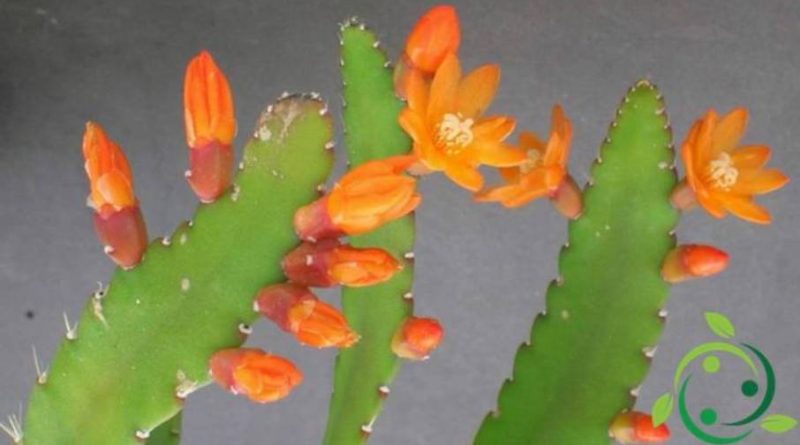How to cultivate the Pfeiffera
How to cultivate the Pfeiffera
The Pfeiffera is a plant of the genus Pfeiffera Salm-Dyck, 1845, of the Cactaceae family and widespread in the Andes, from Bolivia to western Argentina.
The name of this genus was given in honor of the German naturalist and scientist Ludwig Karl Pfeiffer (1805-1877).
The Pfeiffera are epiphytic or lithophytic succulent plants, characterized by ribbon-like stems, branched, with a triangular section, hairy areoles and reddish in color with yellowish spines in the center.
The flowers of these plants are about 2 cm long, of mauve or white-pink color.
The fruits are small and round in red and very succulent.
Two species belong to this genus:
– Pfeiffera ianthothele (Monv.) F.A.C. Weber;
– Pfeiffera miyagawae Barthlott & Rauh.
In this card we will see how to cultivate the Pfeiffera following its climatic and pedological needs.
First of all, the choice of the growing medium is important. In this sense it is good to grow these plants in very porous and drained soils composed of peat fertilized earth and coarse sand.
For the choice of exposure it is better to choose half-sun, but where there is brightness for the whole day.
Due to the climatic aspects it is recalled that being a plant of South American origin, although it can withstand the cold, it is better that the temperature remains below 12 – 14 ° C. In particularly cold environments the Pfeiffere must be cultivated either in greenhouses or in any case protected in air-conditioned environments.
For irrigation, it is necessary to provide regular intervals, allowing the substrate to dry out between shifts. In winter the water supplies must be suspended completely and then resumed at the vegetative restart.
The Pfeiffera is a plant that multiplies in any season, by stem cuttings, which must be left to dry and buried in a substrate composed of pure sand at a temperature of around 21 ° C.
If you want to multiply the plant by seed, they should be placed in a bed of pure sand and always germinate at a temperature of around 21 ° C and left in this way until they reach the size suitable for the invasion.

